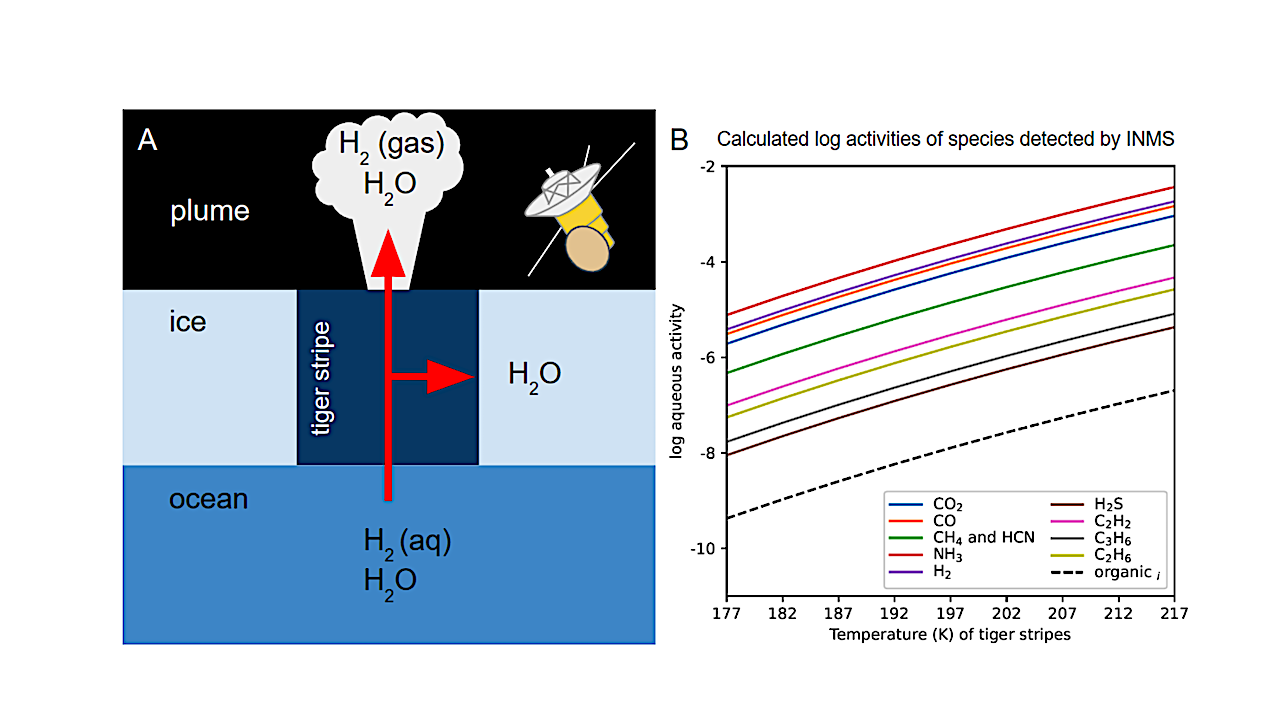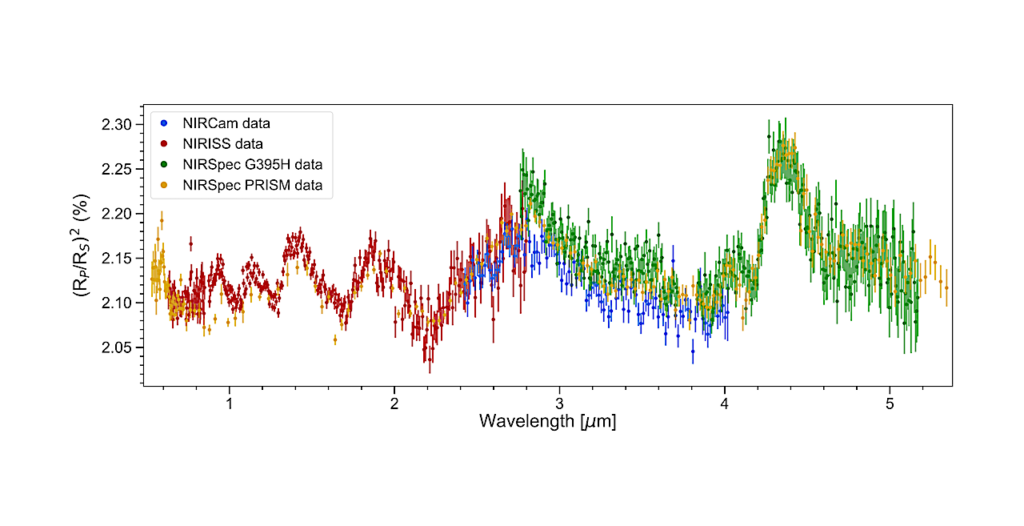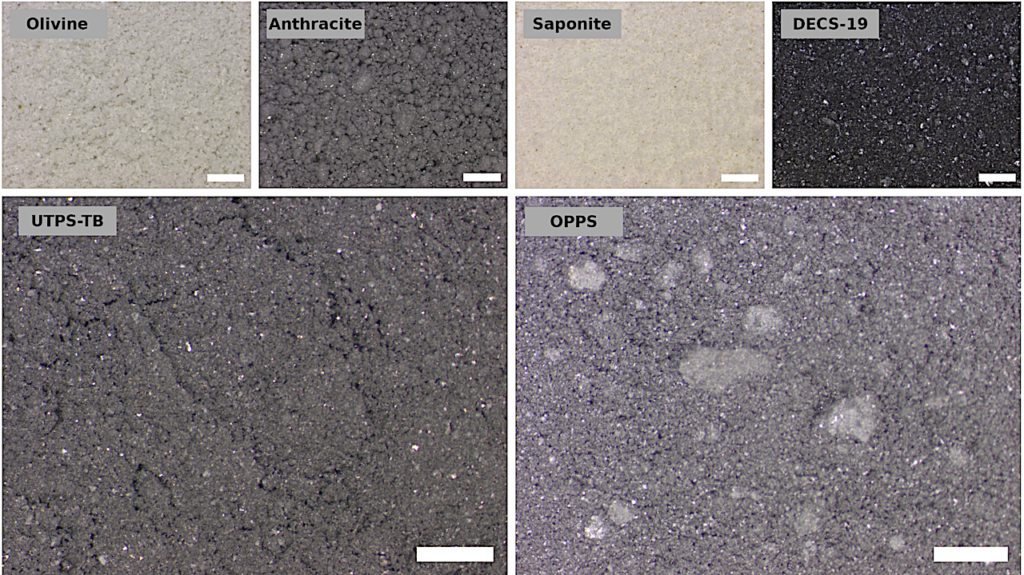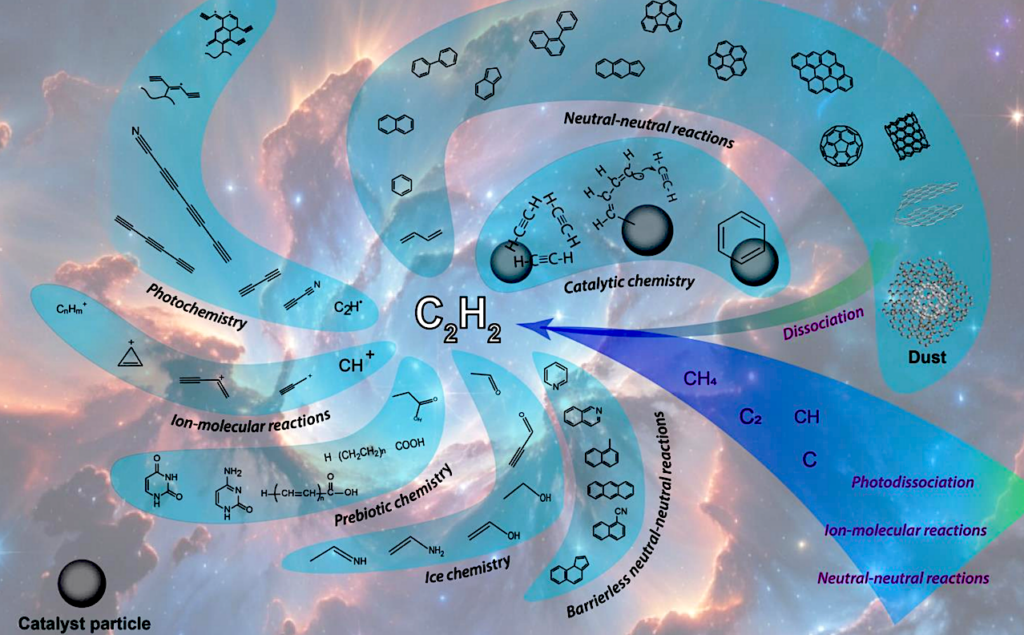Distinguishing Potential Organic Biosignatures on Ocean Worlds from Abiotic Geochemical Products using Thermodynamic Calculations

The search for life in our solar system often involves efforts to detect organic molecules, which have been found on many extraterrestrial bodies, including planets, moons, meteorites, comets, and asteroids. These chemical signatures are not typically thought of as biosignatures because we know that organic synthesis can occur through abiotic processes.
Therefore, development of methods for distinguishing biotic and abiotic biosignatures would enable interpretation of data collected from habitability and life-detection missions. Life on Earth harnesses energy-releasing reactions to power biosynthesis reactions, which often require energy. Using thermodynamic data, we can quantify the energy required for organic synthesis. If an organic molecule is detected in an abundance that is thermodynamically unstable, then it is possible that life coupled its synthesis to other energy-releasing reactions.
On the other hand, if an organic molecule is detected in an abundance that is thermodynamically stable, then abiotic synthesis was plausible. This sorting framework can be applied to the search for life wherever we have geochemical data. One such example is Saturn’s moon Enceladus. Small compounds involving the elements that comprise the majority of biomass were detected by the Cassini spacecraft in the plume gas erupting from the subsurface ocean.
Using Enceladus as an example, we demonstrate the utility of thermodynamic calculations for distinguishing biosignatures and show that organic synthesis is often favorable using the carbon sources available on Enceladus. While these results may lead us to conclude that hypothetical organic signatures on Enceladus are abiotic, this framework can be applied to other environments in the search for genuine biosignatures.
Distinguishing Potential Organic Biosignatures on Ocean Worlds from Abiotic Geochemical Products using Thermodynamic Calculations, chemrxiv.org (open access)
Astrobiology








